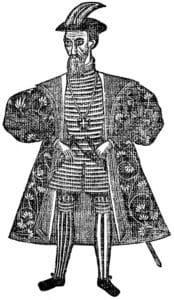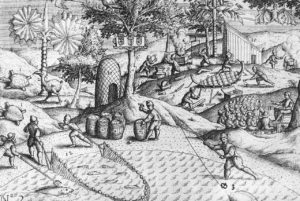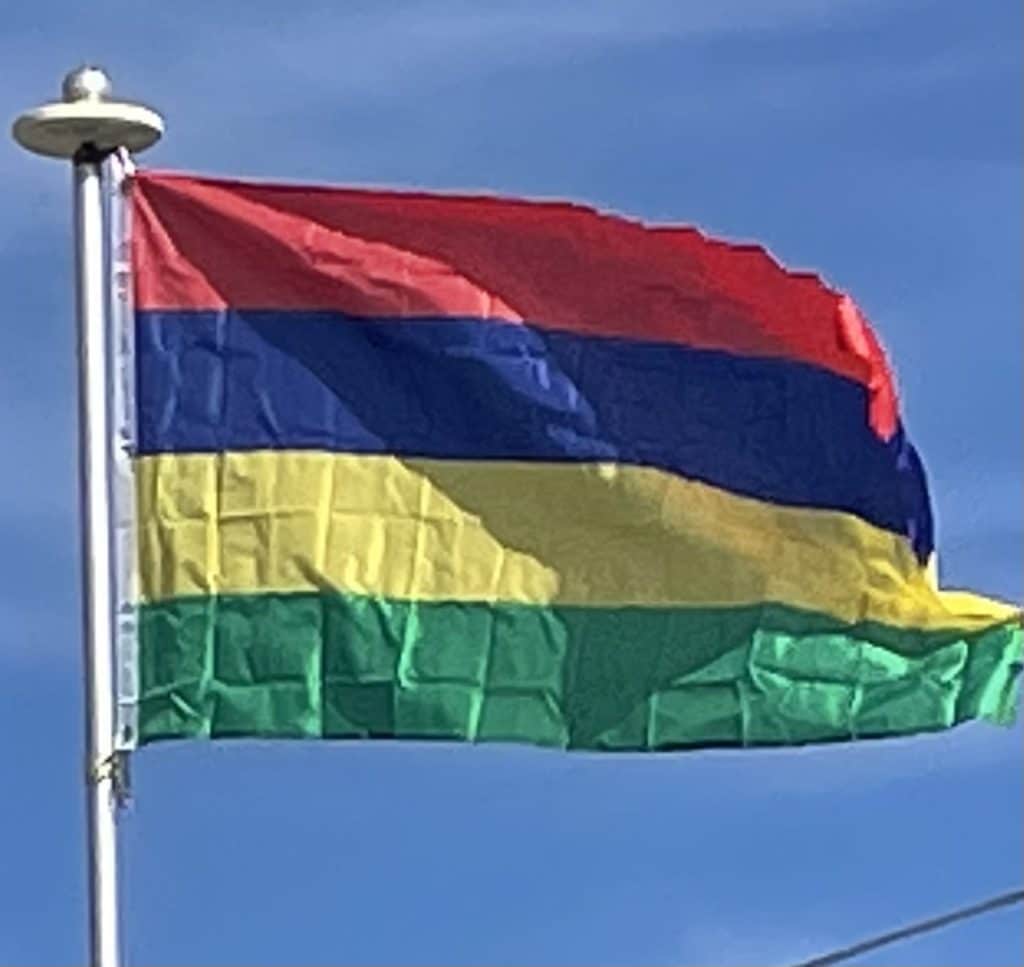Along with the other Mascarene Islands, Mauritius is known for its varied flora and fauna, with many species endemic to the island. The island was the only known home of the dodo, which, along with several other avian species, was made extinct by human activities relatively shortly after the island’s settlement.
History:
Early History:
The island of Mauritius was uninhabited before its first recorded visit by the Dutch in the late 16th century. The name Dina Arobi has been associated with Arab sailors.
Portuguese Mauritius:
The Treaty of Tordesillas purported to give Portugal the right to colonize this part of world. In 1507, Portuguese sailors came to the uninhabited island and established a visiting base. Diogo Fernandes Pereira, a Portuguese navigator, was the first European known to land in Mauritius. He named the island “Ilha do Cirne” (“Island of Cirne”). The Portuguese did not stay long as they were not interested in these islands.

The Mascarene Islands were named after Pedro Mascarenhas, Viceroy of Portuguese India, after his visit to the islands in 1512.
Rodrigues Island was named after Portuguese explorer Diogo Rodrigues, who first came upon the island in 1528.
Dutch Mauritius (1638–1710):
In 1598 a Dutch squadron under Admiral Wybrand Van Warwyck landed at Grand Port and named the island “Mauritius” after Prince Maurice of Nassau (Dutch: Maurits van Nassau) of the Dutch Republic. The Dutch inhabited the island in 1638, from which they exploited ebony trees and introduced sugar cane, domestic animals and deer.

It was from here that Dutch navigator Abel Tasman set out to seek the Great Southern Land, mapping parts of Tasmania, Aotearoa/New Zealand and New Guinea. The first Dutch settlement lasted 20 years. In 1639 slaves arrived in Mauritius from Madagascar. The Dutch East India Company brought them to cut down ebony trees and to work in the new tobacco and sugar cane plantations. Several attempts to establish a colony permanently were subsequently made, but the settlements never developed enough to produce dividends, causing the Dutch to abandon Mauritius in 1710.
French Mauritius (1715–1810):
France, which already controlled neighboring Île Bourbon (now Réunion), took control of Mauritius in 1715 and renamed it Isle de France. The 1735 arrival of French governor Bertrand-François Mahé de La Bourdonnais coincided with development of a prosperous economy based on sugar production. Mahé de La Bourdonnais established Port Louis as a naval base and a shipbuilding center. Under his governorship, numerous buildings were erected, a number of which are still standing. These include part of Government House, the Château de Mon Plaisir, and the Line Barracks, the headquarters of the police force. The island was under the administration of the French East India Company, which maintained its presence until 1767. During the French rule slaves were brought from parts of Africa such as Mozambique and Zanzibar. In early 1729 Indians from Pondicherry, India arrived in Mauritius aboard the vessel La Sirène. Work contracts for these craftsmen were signed in 1734 at the time when they acquired their freedom.
